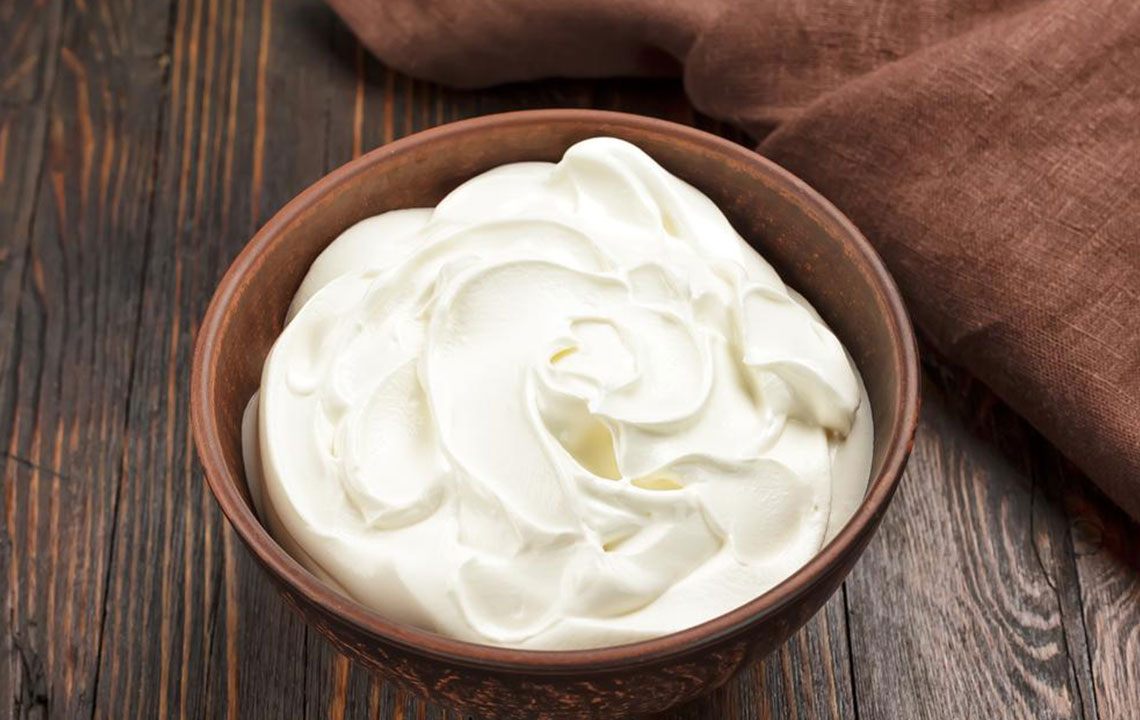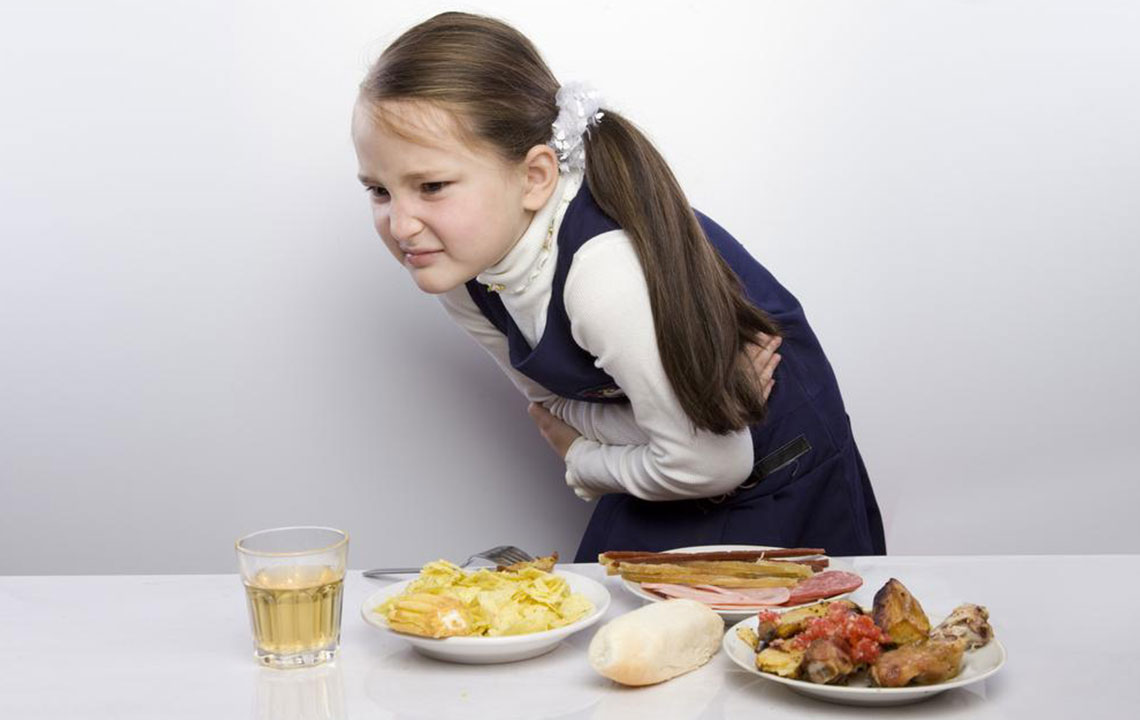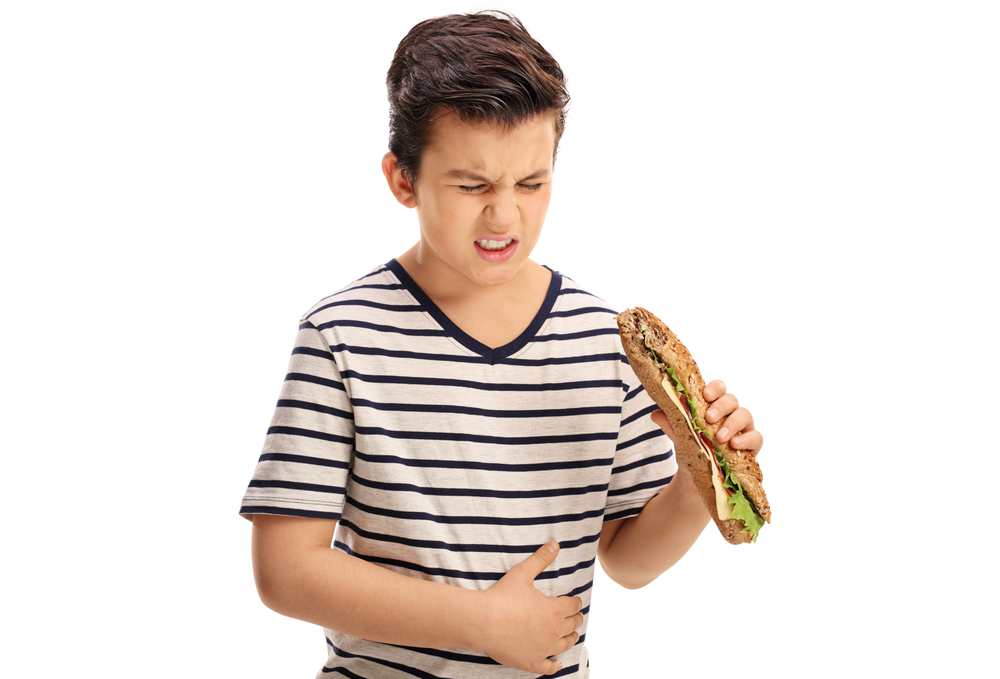Essential Insights into Gallbladder Stones and Their Management
This article provides comprehensive information about gallbladder stones, their formation, symptoms, causes, and treatment options. It explains how gallstones develop in the context of the digestive system, highlighting risk factors and the importance of early detection. Learn about the prevalence, symptoms, and diagnostic procedures to understand the significance of managing gallbladder health effectively.

Understanding Gallbladder Stones and Their Impact
Gallbladder-related issues affect approximately 10% to 15% of people in the United States, with over $6.8 billion spent annually on treatment. The mortality rate from severe gallbladder conditions has significantly declined since 1950, dropping over 50% by 2017. Despite this, gallstone-related complications remain a common reason for hospital visits, leading to around 750,000 gallbladder removals each year. Interestingly, only about 1% of the population experience serious gastrointestinal illnesses related to the gallbladder, while most remain asymptomatic throughout life.
To identify when medical intervention is necessary, it is crucial to understand the anatomy of the gallbladder and its pain symptoms.
Gallstones
Formation of gallstones within the gallbladder can lead to discomfort and pain. The size and composition of these stones influence whether surgery is needed. Many individuals develop gallstones by age 20, but they often do not require removal. Common gallbladder issues, including gallstones, inflammation (cholecystitis), cancer, or pancreatitis, originate from stone formation.
The Digestive System and Gallstones
The digestive system is complex, with the gallbladder playing a vital role. The liver secretes bile, which aids in fat digestion, into the gallbladder. After meals, the gallbladder contracts, releasing bile through the cystic duct into the common bile duct, which empties into the small intestine. Bile breakdown fats. Blockages in these ducts cause gallbladder pain symptoms as bile cannot reach the intestine.
How Gallstones Form
Cholesterol, along with water, bilirubin, and proteins, is a primary component of bile. Imbalances in these substances cause crystallization, forming gallstones. The size of stones ranges from tiny grains to golf balls. There are two main types: cholesterol gallstones (yellow-green) and pigment stones (black-brown), with cholesterol stones being more prevalent.
Factors Leading to Gallstone Development
Common causes include:
– Excessive cholesterol in bile (supersaturation)
– Impaired gallbladder contractions
– Use of hormonal medications like birth control or hormone therapy
– Cholesterol-lowering medications that increase bile cholesterol
– Rapid weight loss, which deposits cholesterol into bile
Research indicates women aged 20 to 60, especially during pregnancy due to increased estrogen, are more susceptible. Elevated estrogen leads to higher cholesterol in bile, promoting crystal and stone formation. As women age, the risk of gallbladder pain also increases.
Persistent lower abdominal pain and inflammation are typical symptoms indicating gallbladder problems. These can signal conditions such as gallstones, infections (cholecystitis), cancer, or pancreatitis. Poor diet and unhealthy eating habits contribute to infection and stone development from early adulthood. Diagnostic tests like ultrasound, ERCP, MRCP, and cholescintigraphy assist in early detection and treatment.










